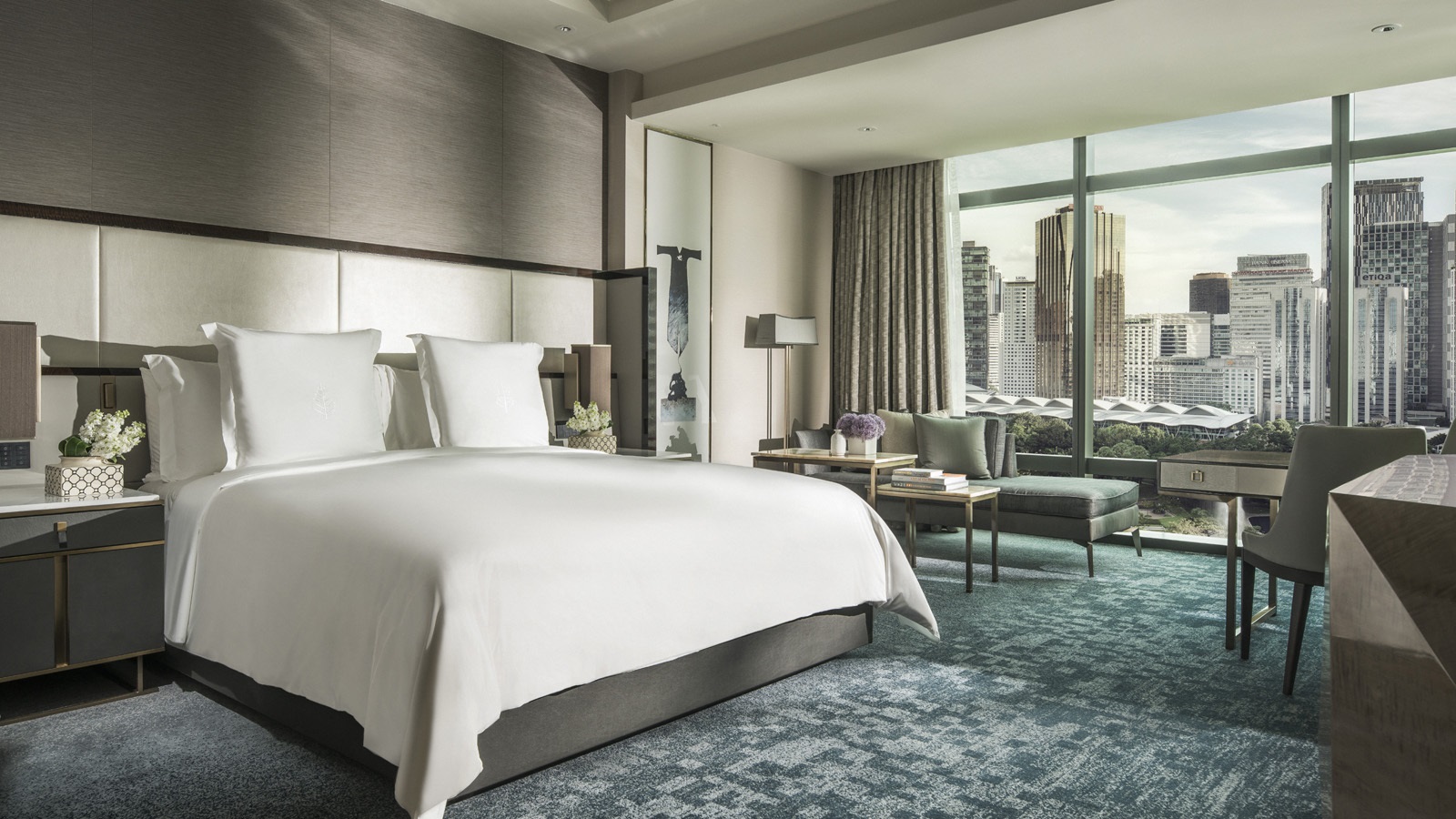|
During the first two months of 2019, hotels in Kuala Lumpur
reported noticeable year-on-year declines across the three key performance metrics: occupancy (-7.4% to 63.4%), ADR (-3.9% to
MYR330.85) and RevPAR (-11.1% to MYR209.63). Performance was down
in 2018 as well (RevPAR: -6.6% to 232.37).
�The market got
off to a rough start to the year with a 2.2% decline in demand and
an absolute ADR level that was 5% points below the recent
five-year average,� said Jesper Palmqvist, STR�s area director for
Asia Pacific. �Overall Q1 performance should be a strong indicator
of whether this current slump lasts or not, because March is
historically a strong performance month in Kuala Lumpur.�

Another indicator of the overall health of the market is the Lunar
New Year, which typically lifts occupancy during the extended
holiday in the market. The holiday week this year, however,
produced an occupancy level (66.9%) that was 20.7% lower than the
holiday week in 2018.
Additionally, supply was up 5.6%
through February, and Kuala Lumpur�s current development pipeline
shows 25 hotels and 6,900 rooms. New inventory will likely add
performance pressure in certain areas of the market, especially
high-end hotels, as half of the rooms in the pipeline will be in
the Upper Upscale and Luxury segments. The impact from these new
rooms is not urgent, however, as only 20% are projected to come
online in 2019.
�The direction that performance moves will
be partially dictated by whether or not the market can continue to
increase international arrivals and diversify the mix of arrivals
and length of stay,� Palmqvist said. �Ultimately, something needs
to change if Kuala Lumpur is going to produce better performance
for brands and owners.�
See also:
How's Business at the Four Seasons Hotel Kuala Lumpur? Exclusive
Interview with Vinod Narayan.
|
Headlines: |
|
See latest
HD Video
Interviews,
Podcasts
and other
news regarding:
STR,
ADR,
RevPAR,
Four Seasons,
KL,
Kuala Lumpur.
|

